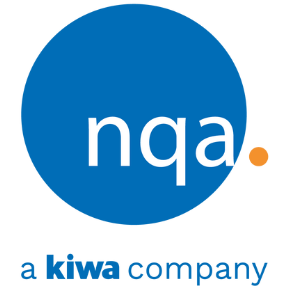Is ISO 9001:2015 Clause 7.1.5 just Calibration?
For example, users would say calibration requirements that were in ISO 9001:2009, clause 7.6 Control of Monitoring and Measuring Equipment are now clause 7.1.5, Monitoring and Measuring Resources. I heard many users say ISO 9001 changed the title and terminology from devices to equipment to now resources but it is still about calibration equipment. That would not be true!
The changes from the ISO 9001:2000 to ISO 9001:2008 were minor regarding the change from monitoring and measuring devices to the broader term equipment. Measuring equipment is defined in ISO 9000:2015 as measuring instrument, software, measurement standard, reference material or auxiliary apparatus or combination thereof necessary to realize a measurement process; which is defined as a set of operations to determine a quantity.
The ISO 9001:2015 change of focus was to ensure that the standard is easier to apply to services. Therefore, these requirements were expanded to monitoring and measuring resources with the placement under section 7 Resources.
Clause 7.1.5 states: The organization shall determine and provide the resources needed to ensure valid and reliable results when monitoring or measuring is used to verify the conformity of products and services to requirements.
The organization shall ensure that the resources provided:
a. are suitable for the specific type of monitoring and measurement activities being undertaken;
b. are maintained to ensure their continuing fitness for their purpose.
The organization shall retain appropriate documented information as evidence of fitness for purpose of the monitoring and measurement resources.
The ISO 9001:2015 standard requires monitoring and measuring activities to ensure quality and timely delivery of products and services. Clause 7.1.5 under Resources applies when monitoring and measuring is used to verify conformity of products and services to requirements.
What are the resources required for monitoring and measuring? Resources expands beyond device and equipment necessary for monitoring and measuring to include competent personnel, funding acquisition, training, oversight, and other resource activities.
Let’s focus on service examples for monitoring and measuring:
-
Temperature indicators used in refrigerated warehouses providing storage services (where temperature ranges have been specified)
-
Diagnostic equipment and/or software used to identify faults when performing repair services
-
Test and measuring equipment used in providing maintenance services
-
Test and measuring equipment used in providing inspection services (e.g., home inspection, cargo inspection)
-
Test and measuring equipment used in providing analytical services
-
Software used to test and grade students and/or employees for competence (where minimum levels have been established)
-
Measuring cups and spoons in food preparation and delivery at a restaurant
Product examples for monitoring and measuring include:
-
Dimensional measurements (variable or attribute)
-
Electrical measurements
-
Product functionality verified by test software programs
-
Measuring devices (e.g., sensors) used to provide input to SPC software used for both real-time monitoring and making automated (autonomous) process adjustments
-
Sensors and other measuring devices used to provide input to the SPC software
-
Algorithms used to calculate lead time for complex fabrication jobs based on variables such as time for each operation, machine capacity and availability of raw materials
I hope that this article has expanded your thinking on the applicability of monitoring and measuring resources to products and services.
Authored by: Buddy Cressionnie, NQA USA
Reviewed by: Martin Graham, NQA Training Manager/Lead Auditor
